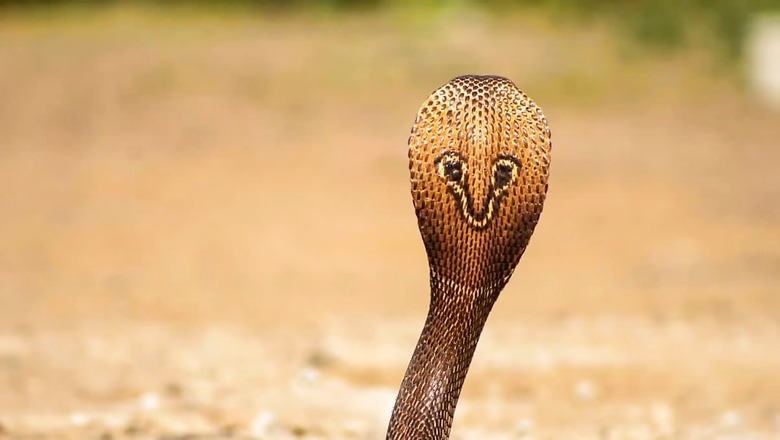
views
Nag Panchami is a traditional Hindu festival celebrated in honour of snakes, particularly the serpent deity, Naga. It is observed on the fifth day of the bright half of the lunar month of Shravana in the Hindu calendar. This year, Nag Panchami is on August 9. During Nag Panchami, devotees worship live snakes or images of snakes with offerings of milk, sweets, flowers, and lamps. The festival is especially popular in parts of India such as Maharashtra, Bengal, and South India. People also visit temples dedicated to snake gods, and some observe fasts as part of the ritual.
There is a renewed interest in snakes during Nag Panchami. Sanjaya Hoysala of Karnataka Forest Department talks to Local18, bursting some myths related to snakes and providing knowledge of the same. There are likely more stories and myths surrounding the cobra than any other snake. A common myth is the tale of “cobras and rat snakes battling.” Another common misconception about rattlesnakes is the belief that they carry venom in their tails rather than in their teeth. This idea is entirely unfounded and misleading. The reality is that rattlesnakes, contrary to popular belief, are non-venomous creatures. This falsehood likely stems from a combination of fear and misunderstanding about these animals,
Some people take this even further by claiming that the cobra is male, and the rat snake is female. In reality, rat snakes fight with other rat snakes, and cobras fight with other cobras for dominance. The main reason for such myths being popular is the visual similarity between the rat snake and the cobra. When people see rat snakes of different colours side by side, it is somewhat natural for them to mistake one rat snake for another cobra. If a snake is found in our home, office, or anywhere in our surroundings, it’s best to contact the forest department staff right away instead of panicking just because it’s a snake.

















Comments
0 comment